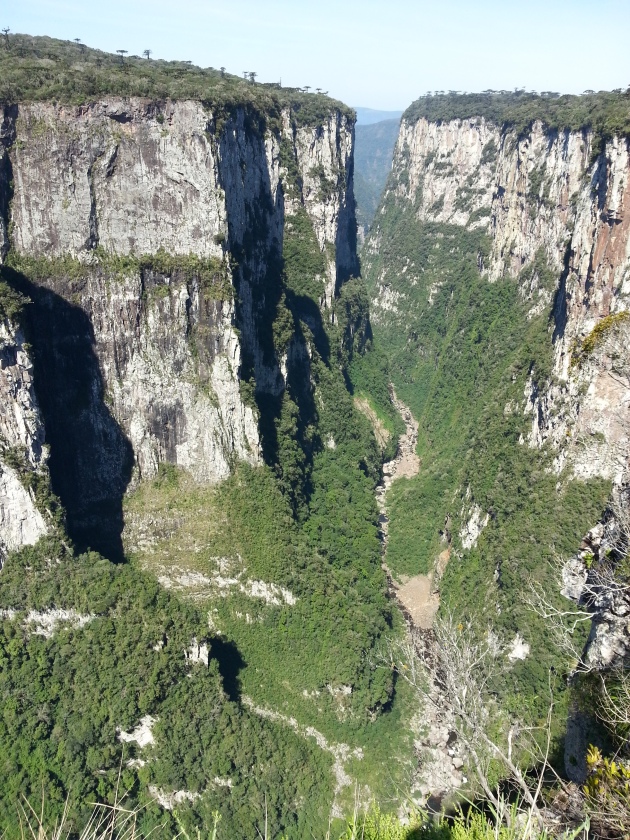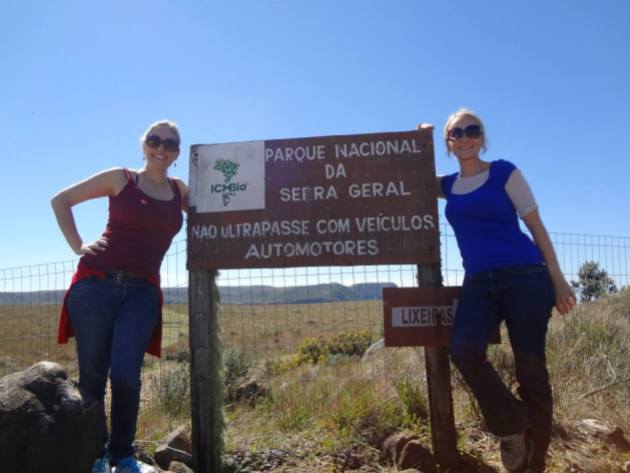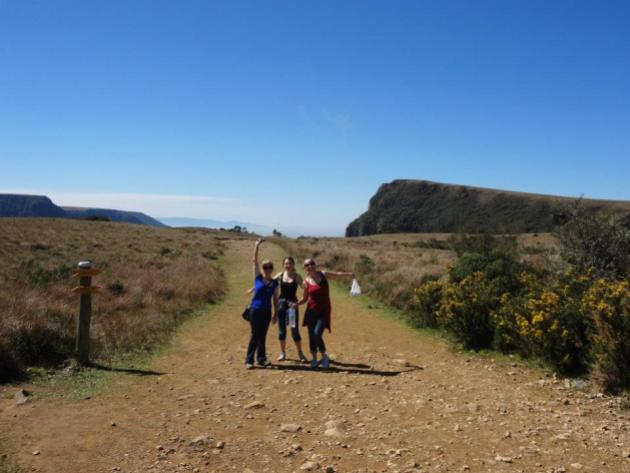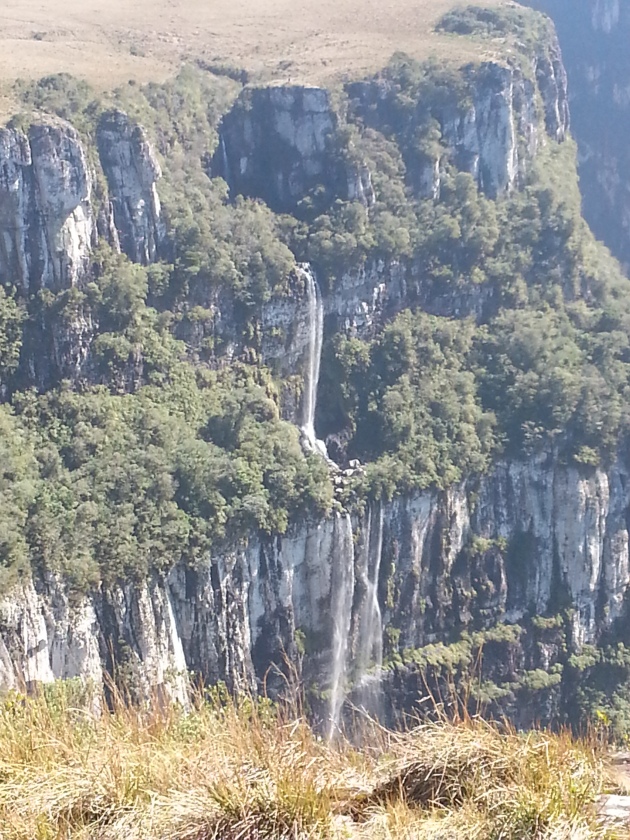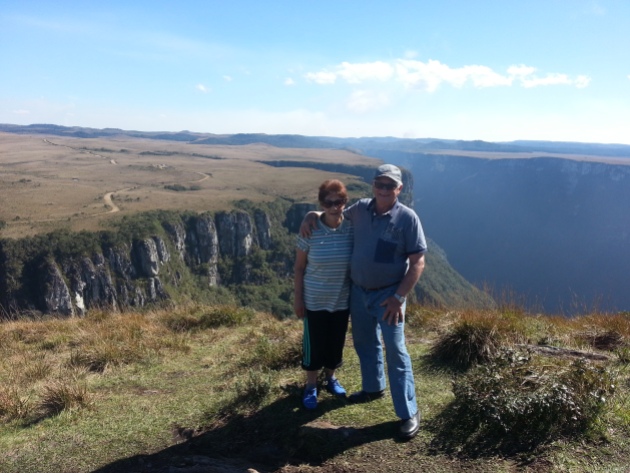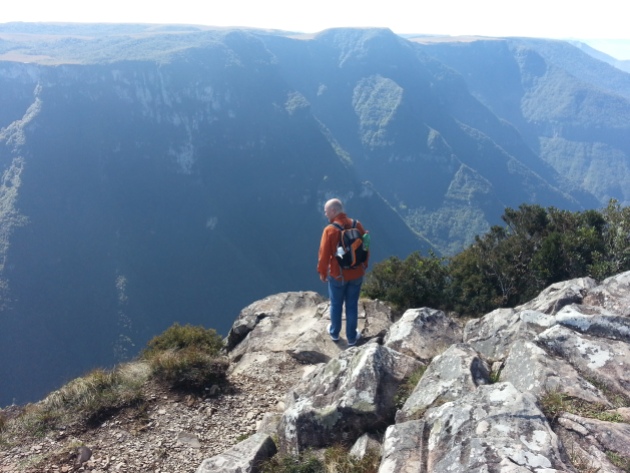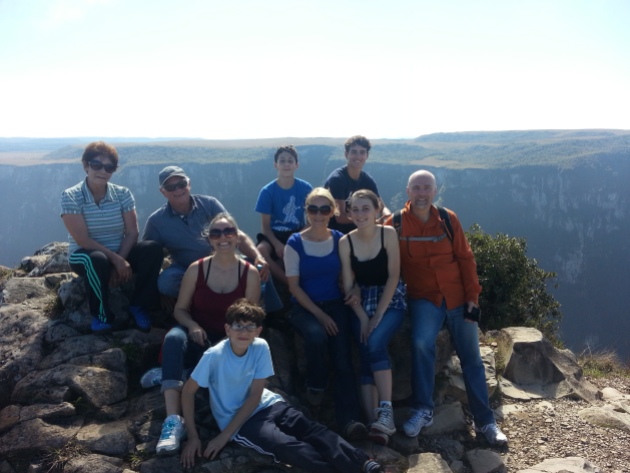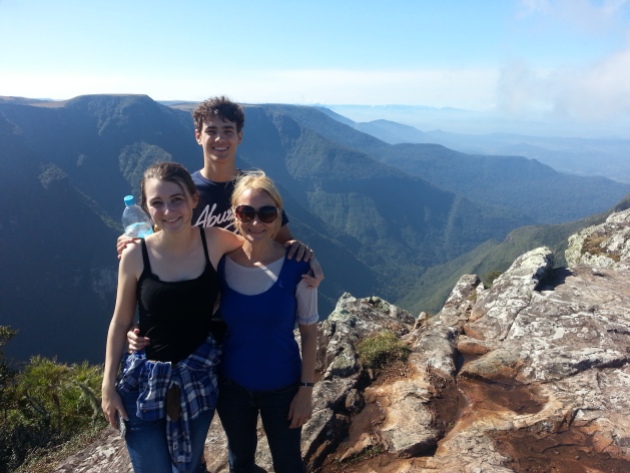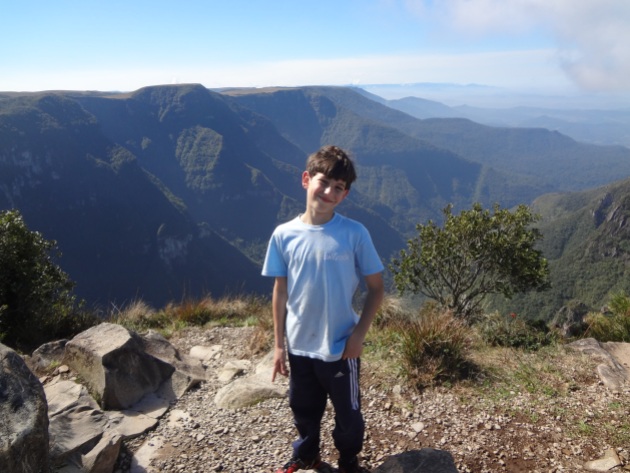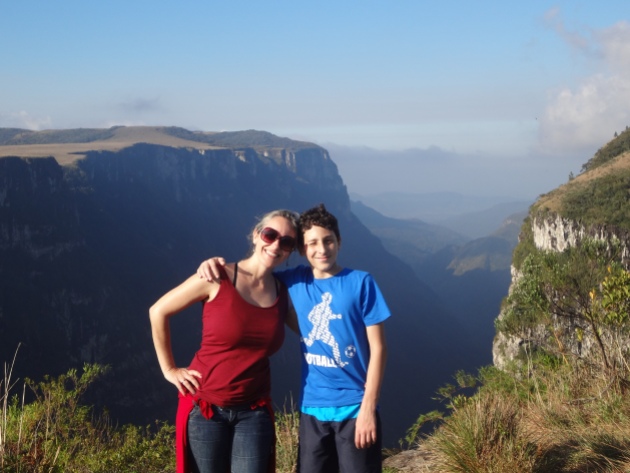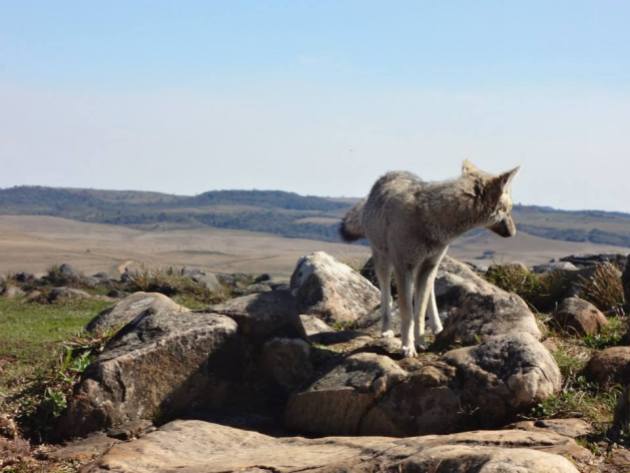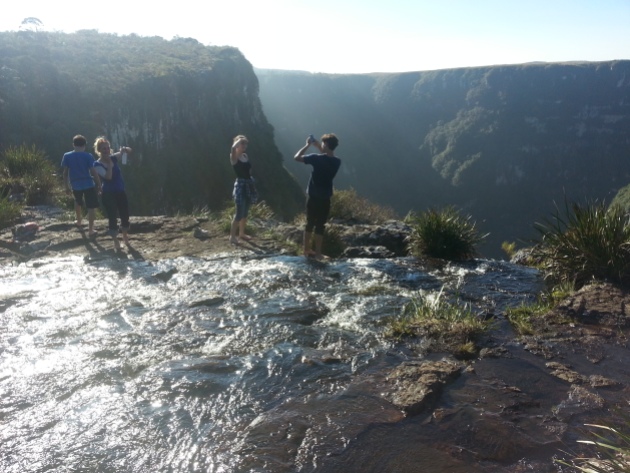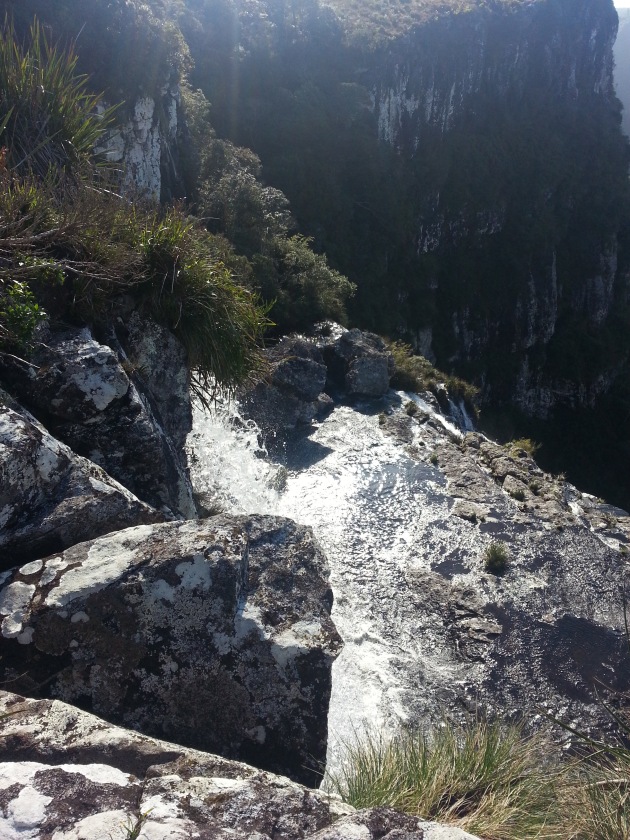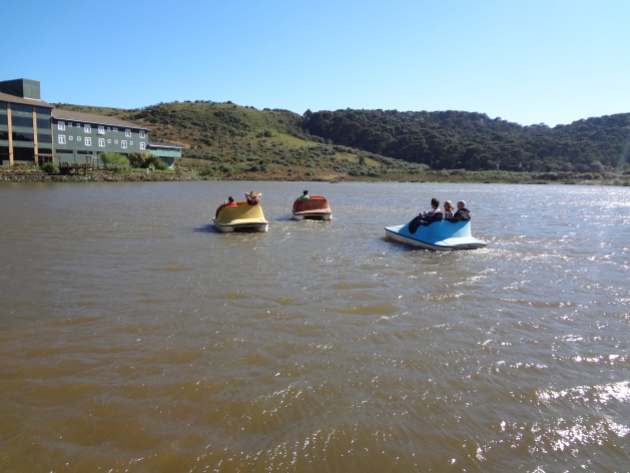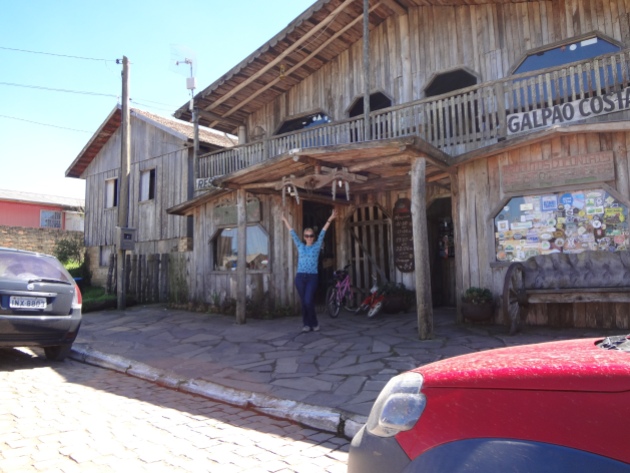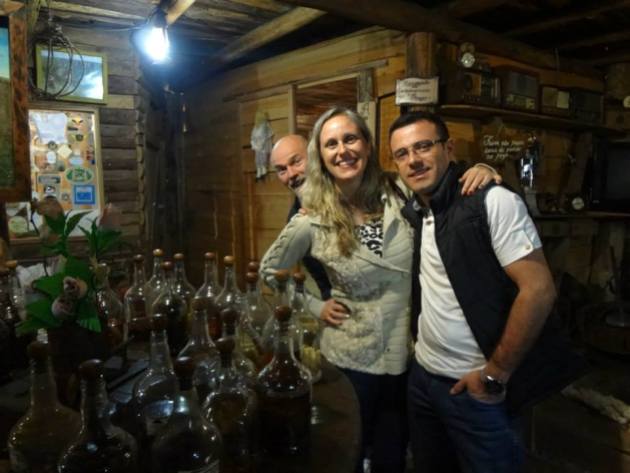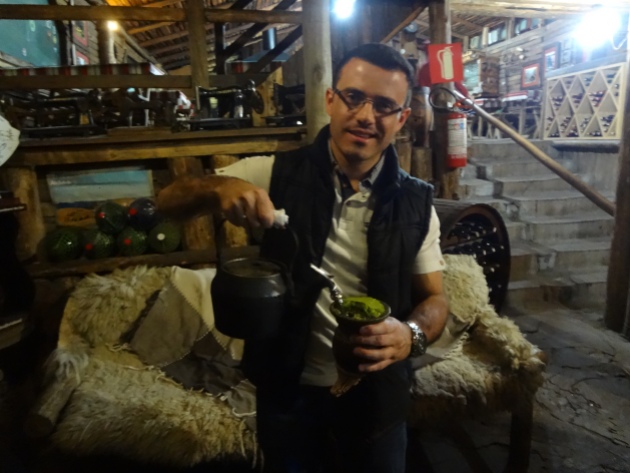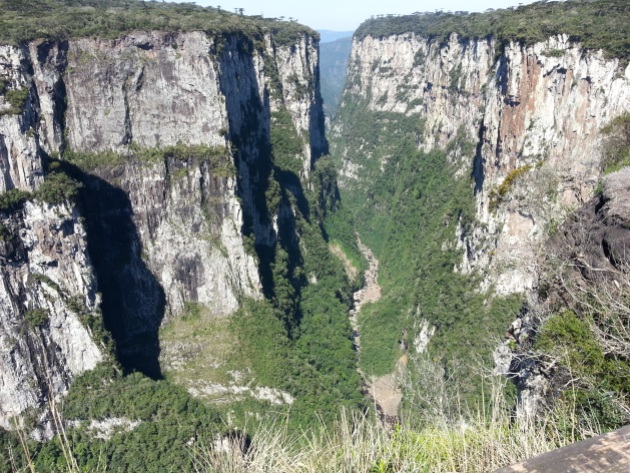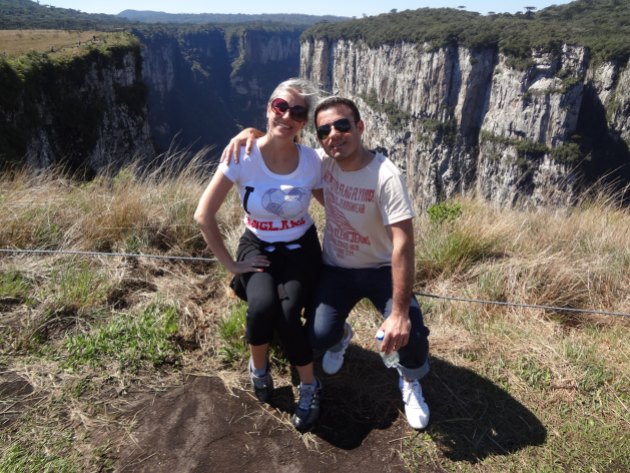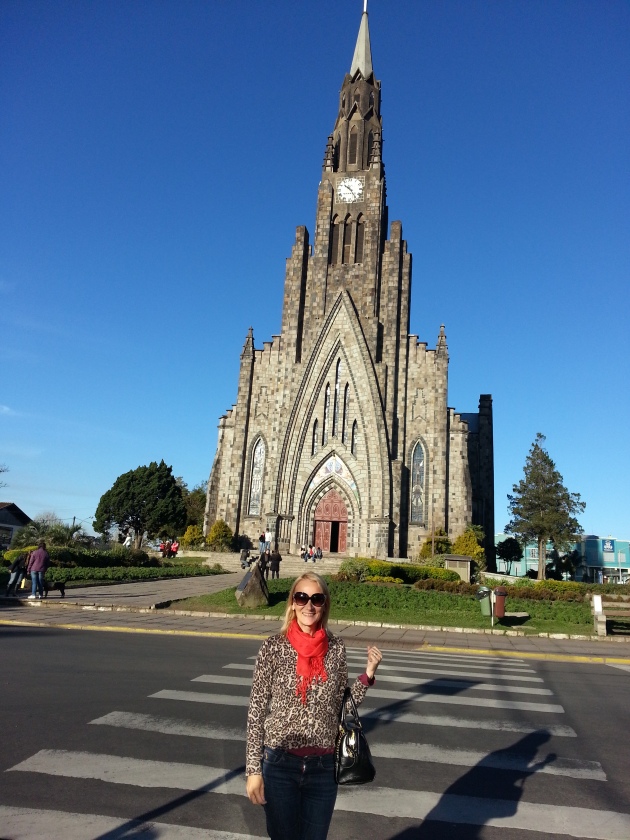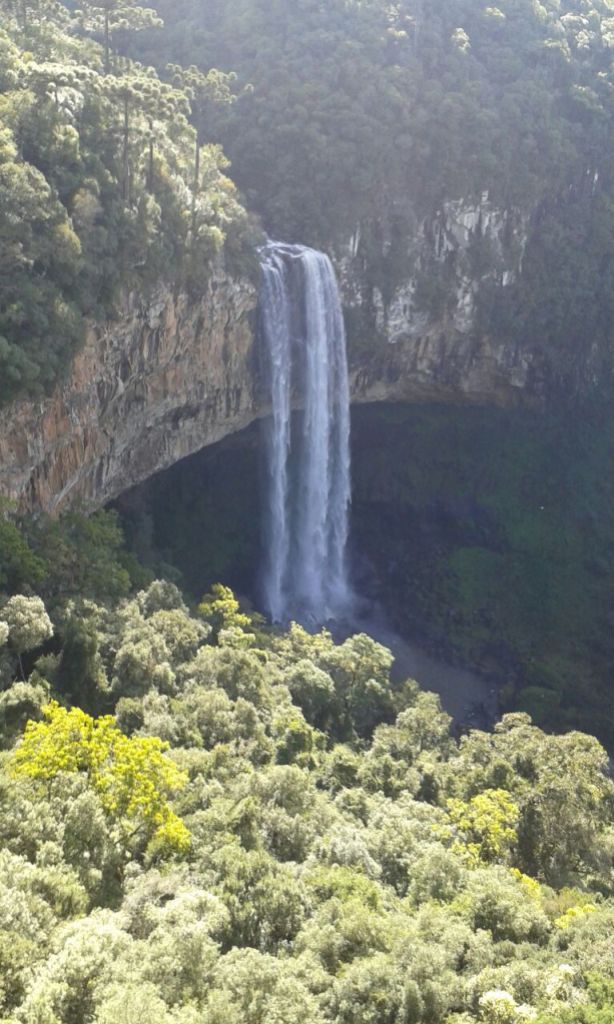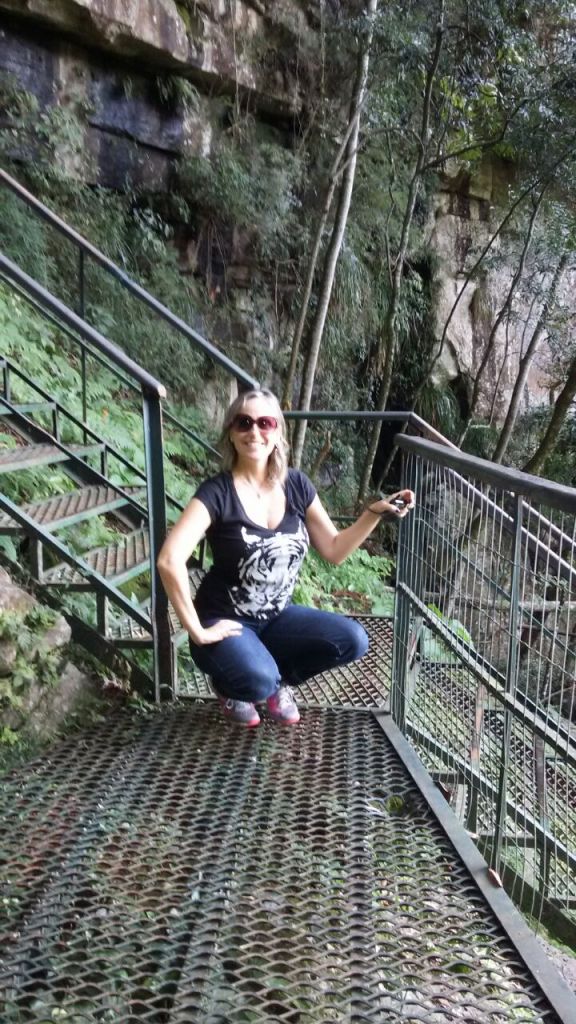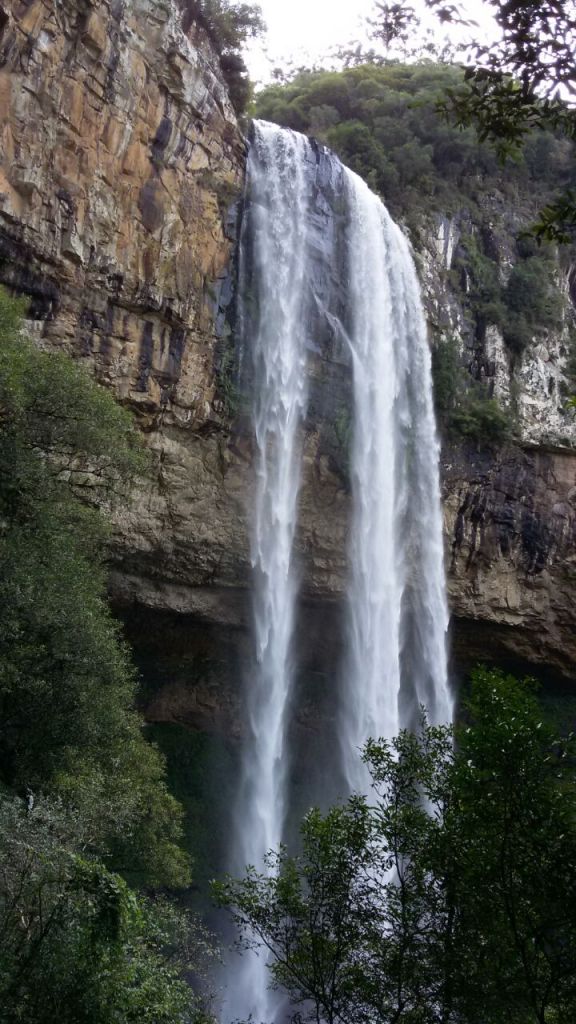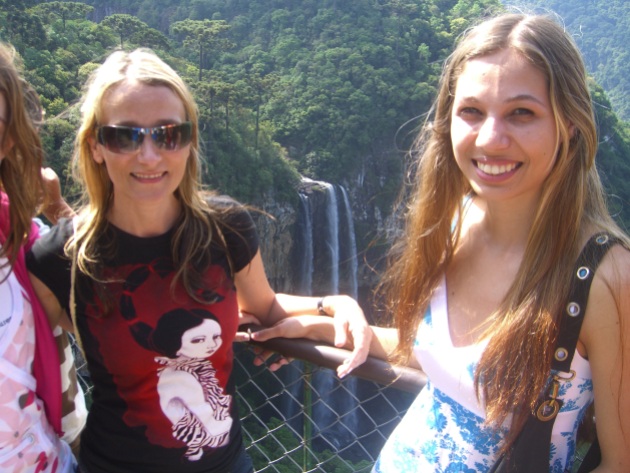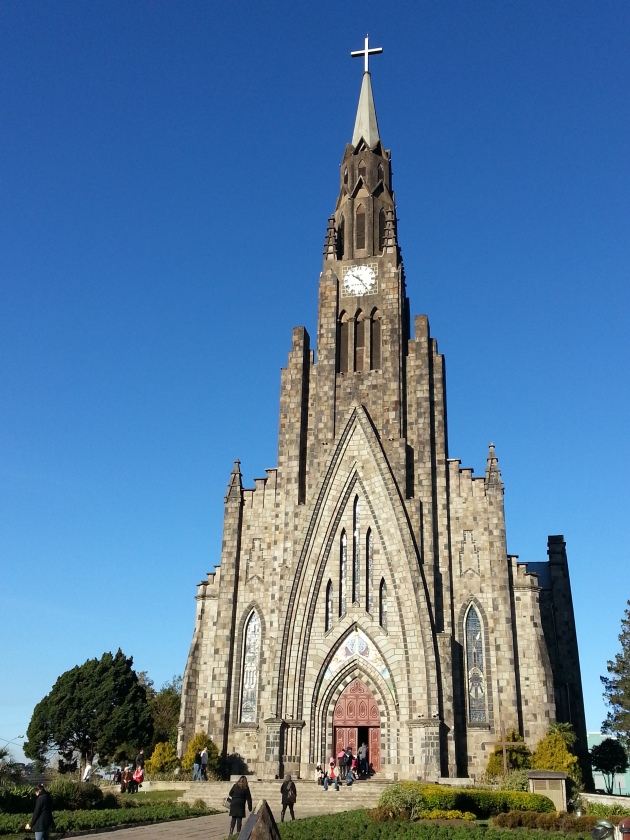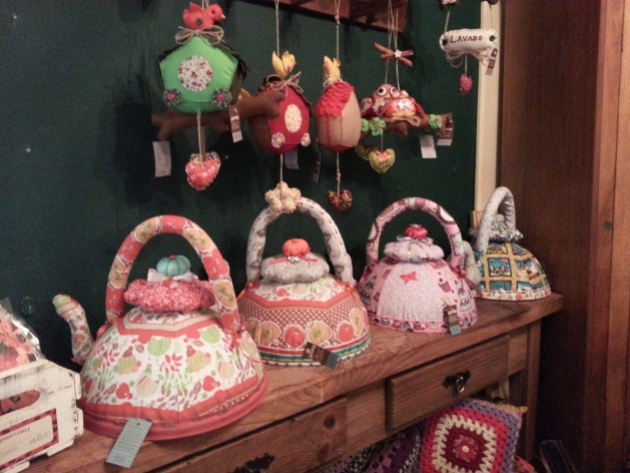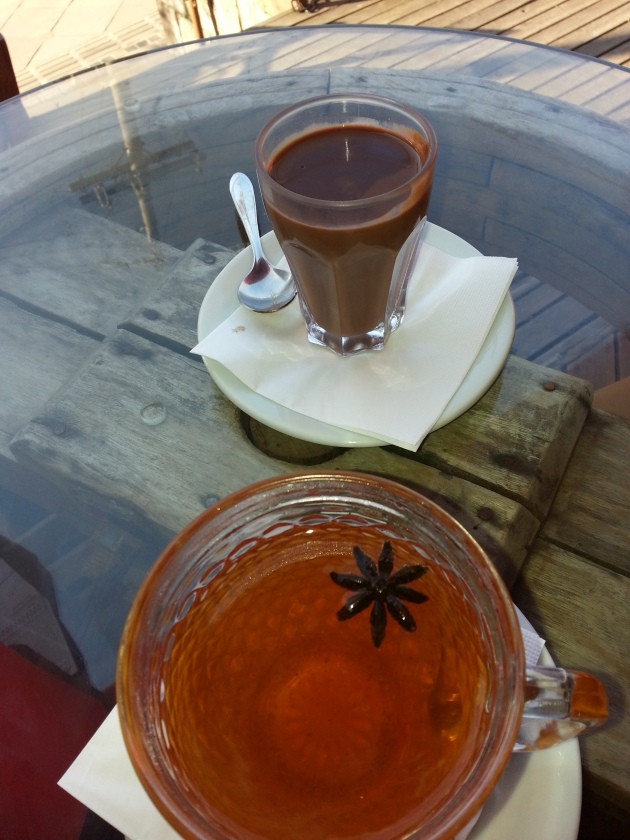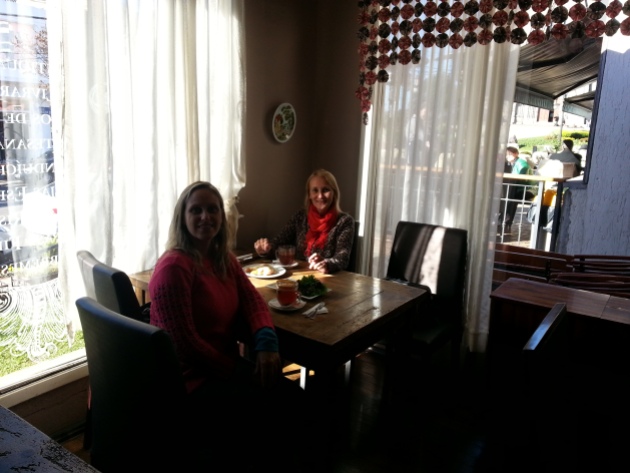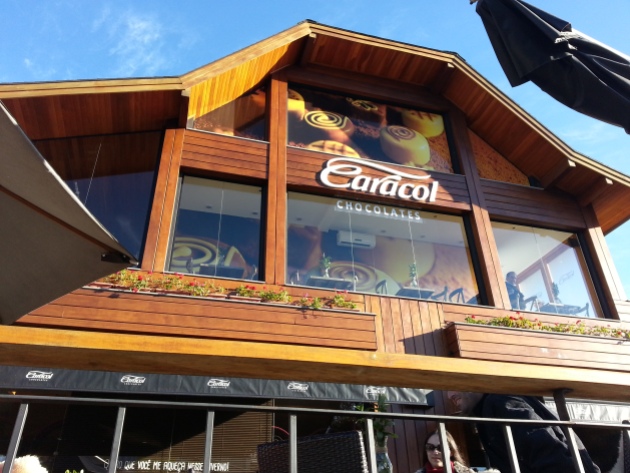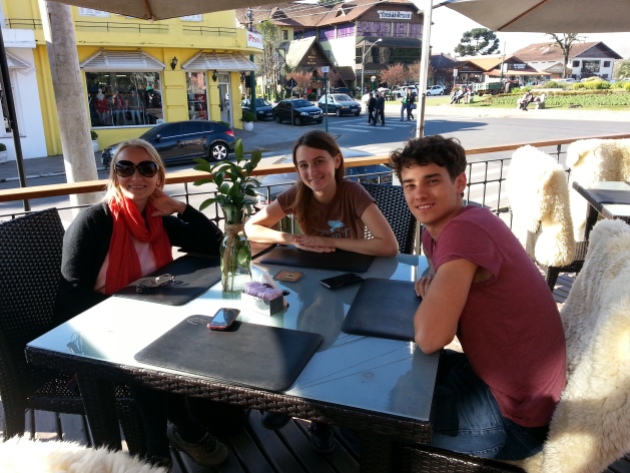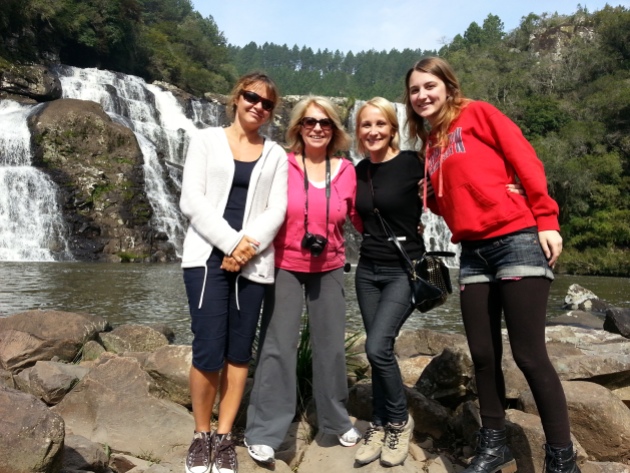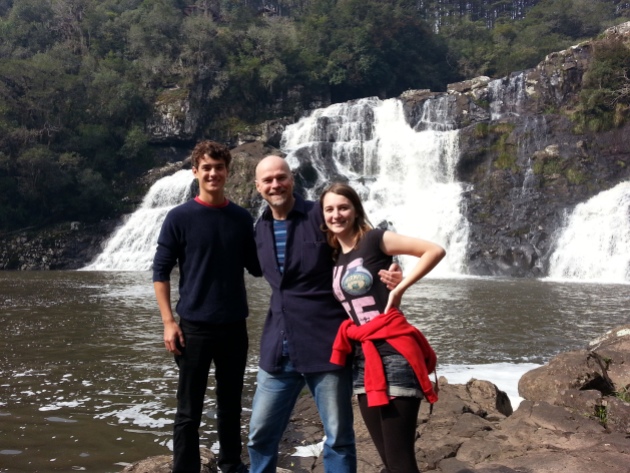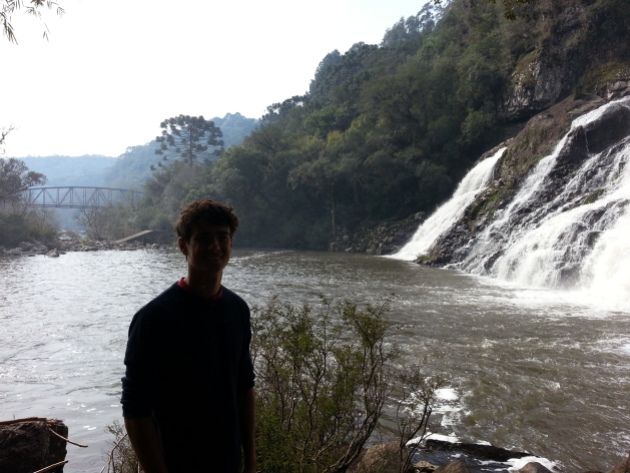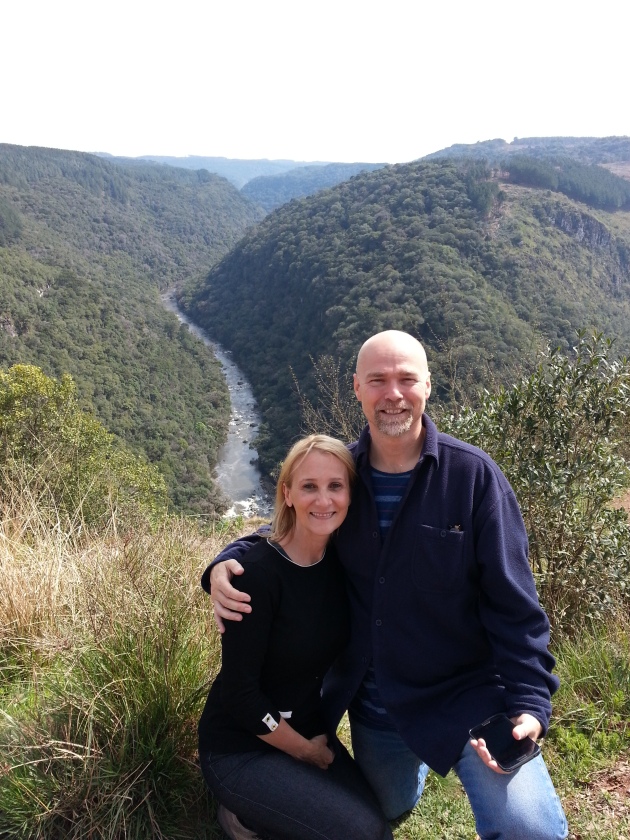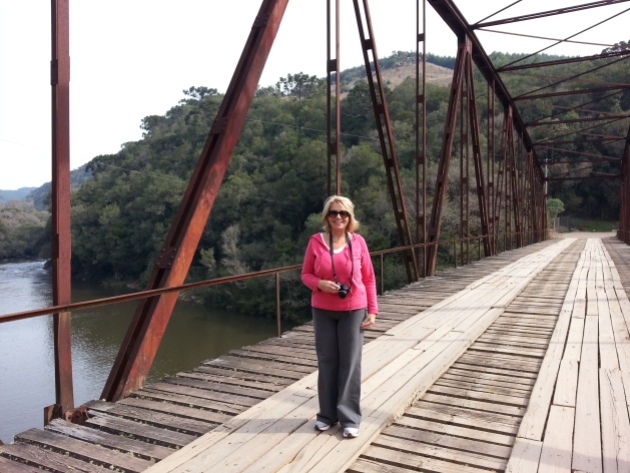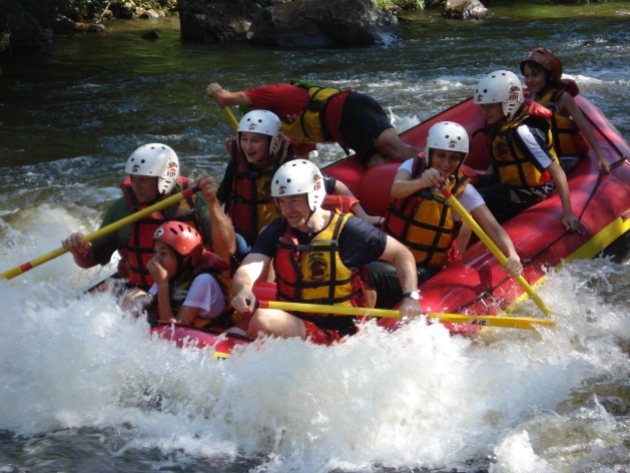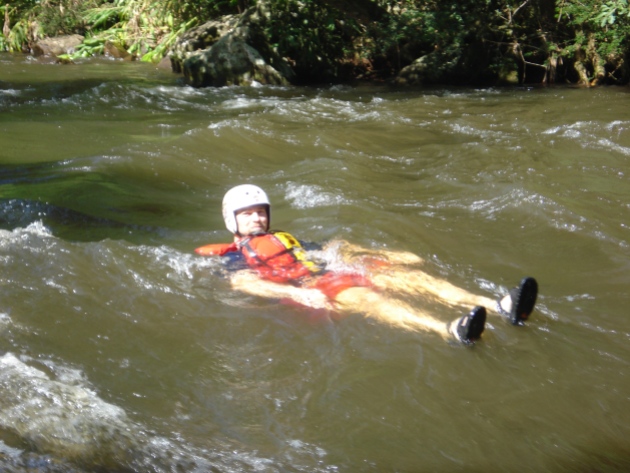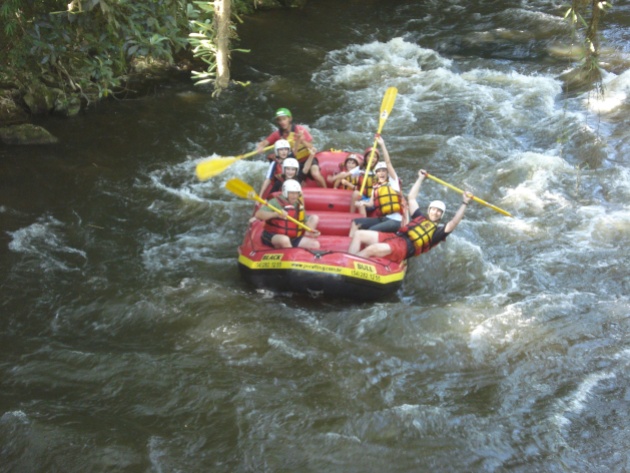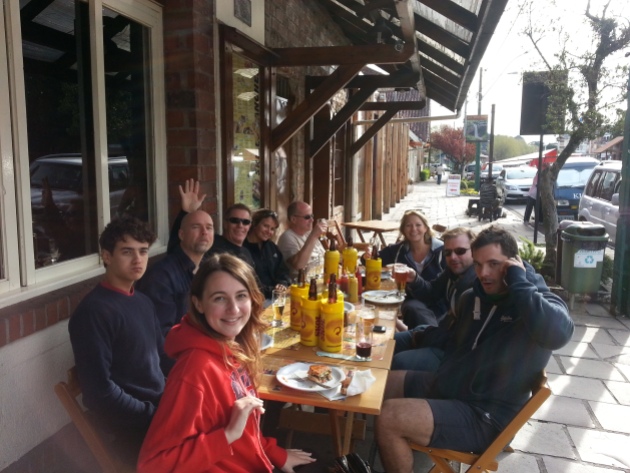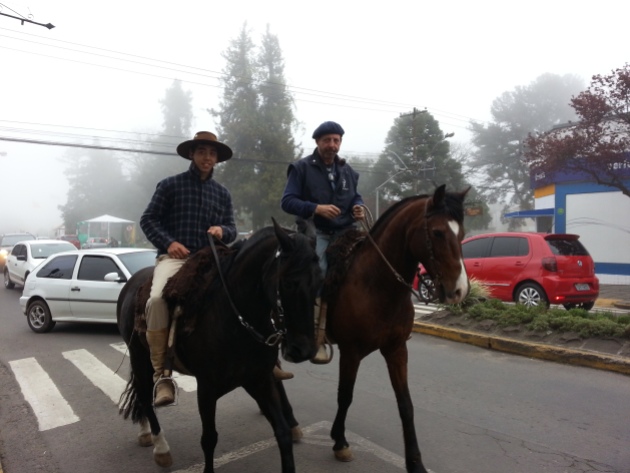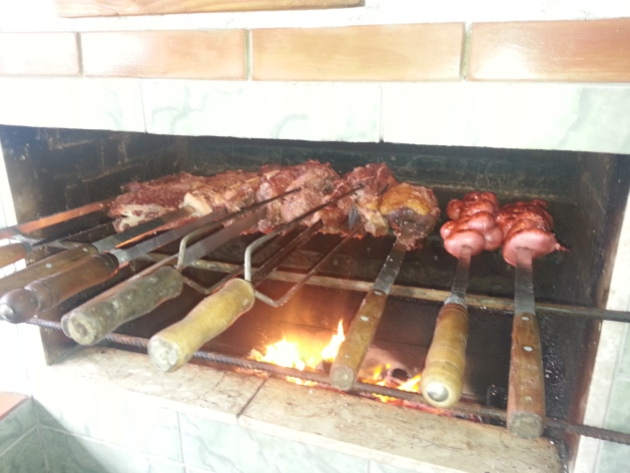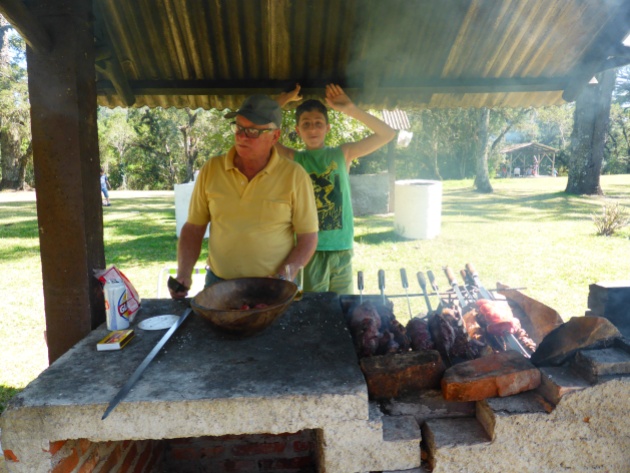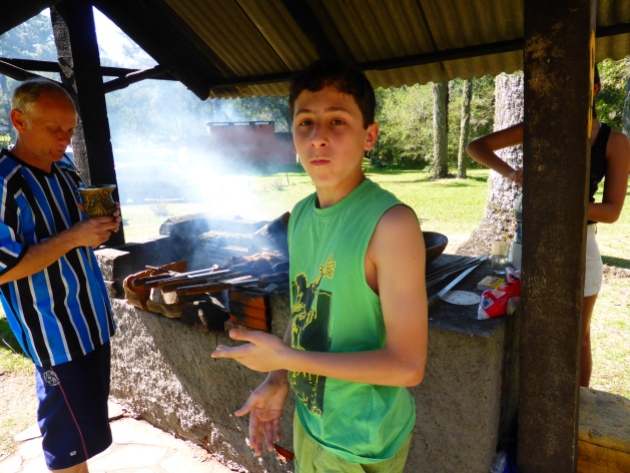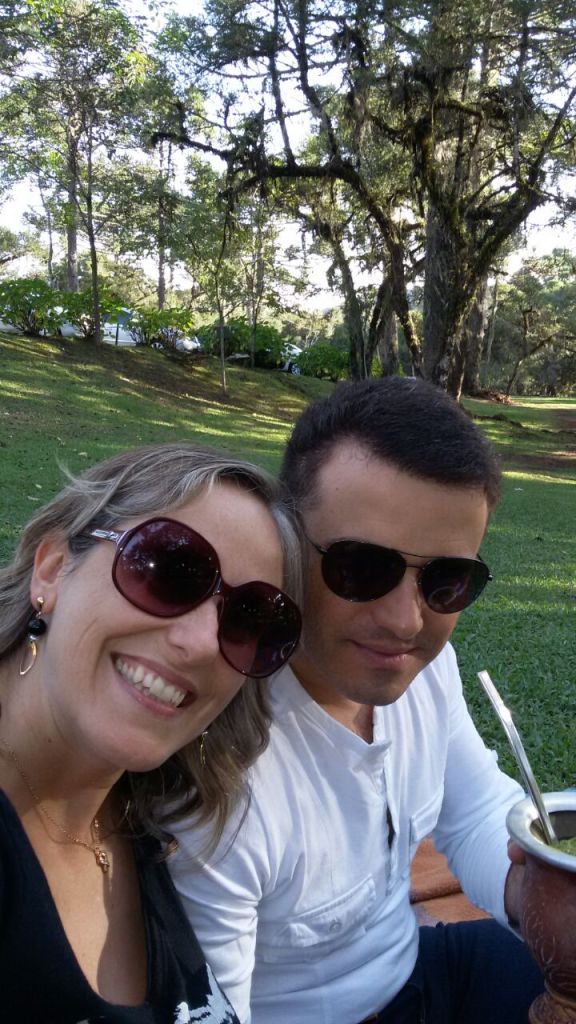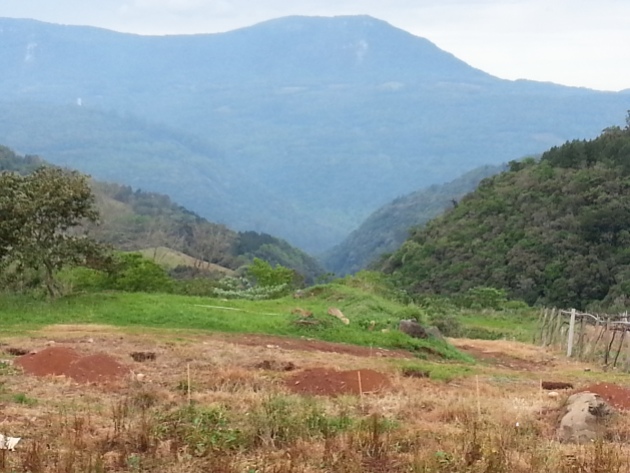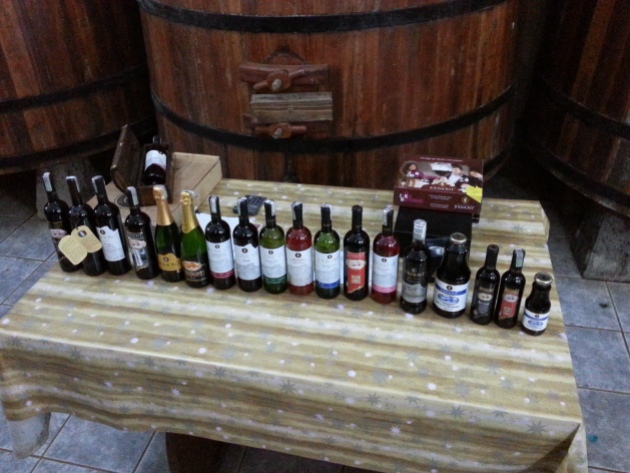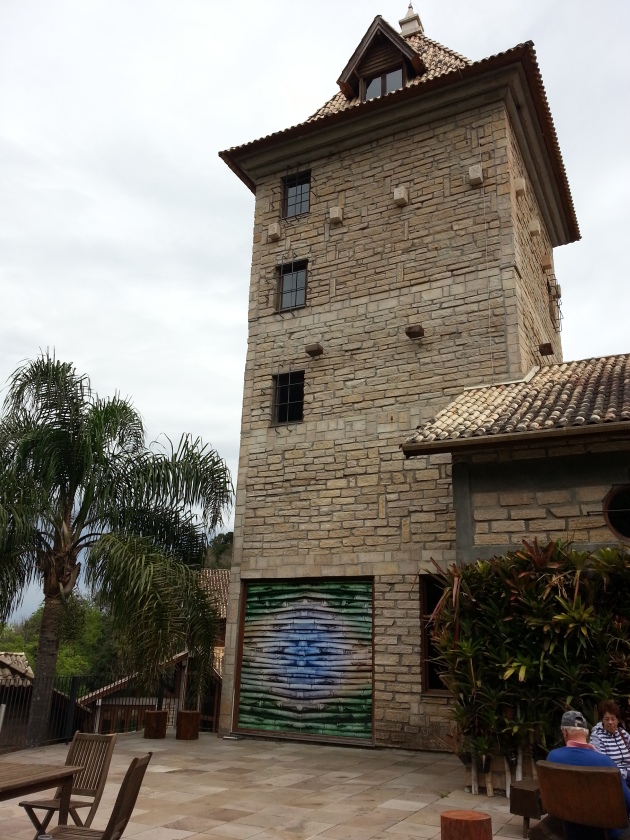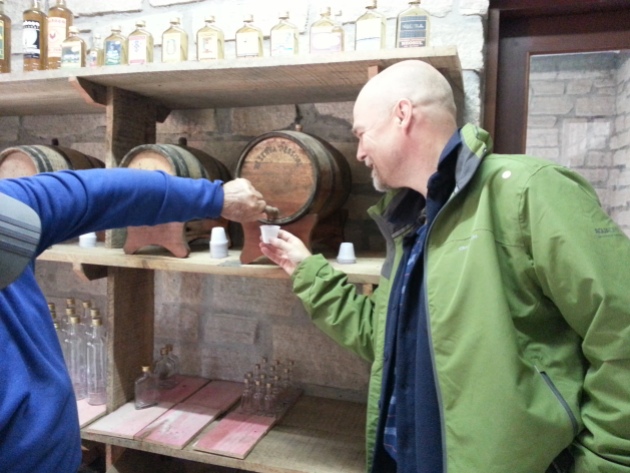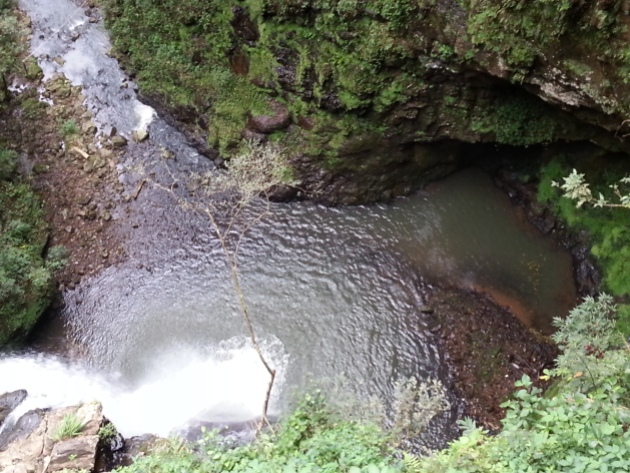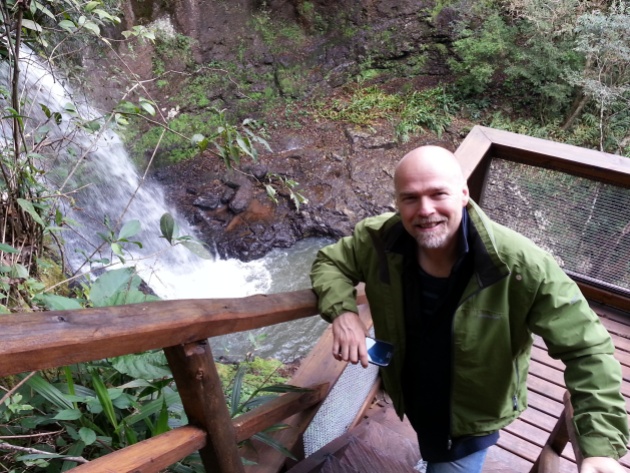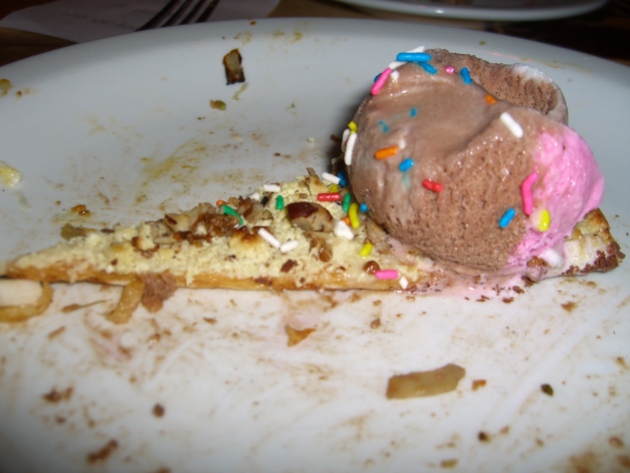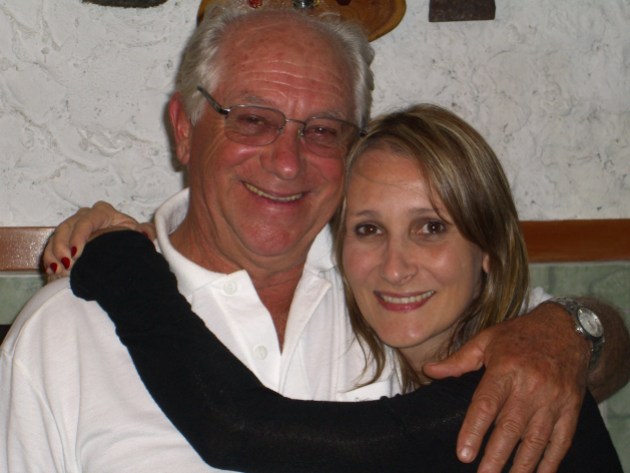

We spent 10 weeks on our “Grand Tour” of Brazil exploring some of its many fascinating cities and landscapes. Brazil is so vast, being the fifth largest country in the world, choosing an itinerary was no easy task. Although with just 10 weeks of exploring we could barely scratch the surface, we did manage to explore some incredible places.
There are thousands of miles of stunning coastline, a huge area that is home to the incredible Brazilian Amazon jungle and

Our time in the South of Brazil was coming to an end, so we wanted to leave on a high note by visiting the Canyons of Itaimbezinho and Fortaleza and also to spend this last few days doing a fun activity with my father, sister and nephews. Unfortunately my brother and his family were not able to join us. These two Canyons are located near the town of Cambara do Sul, only about 1:30 hours from my home town of Canela or about 170 Km from the State capital of Porto Alegre. These Canyons are part of an area with over twenty other less well known canyons of the same geologic range located in the South of Brazil.
We travelled in a group of 10 people, including myself, my husband Brian, my daughter Chloe, my son James, my father Remy and his partner Lelia, my sister Angelita, her fiancée Juliano and her two sons Pabblo and Lucas. There were five of us in my father’s car and the other five in my sister’s car. The road from Canela to Cambara do Sul is very good, paved all the way and the scenery is the gorgeous Gaucho pampas, green hills and farmland, covered with the native Araucaria trees and pine reforestation. The town of Cambara do Sul sits about 980 meters above sea level and is the gateway to the Canyons. The town itself is very small, with only one main road and very limited variety of restaurants and amenities. We arrived at lunch time and parked our cars near the church, right in the centre of town.
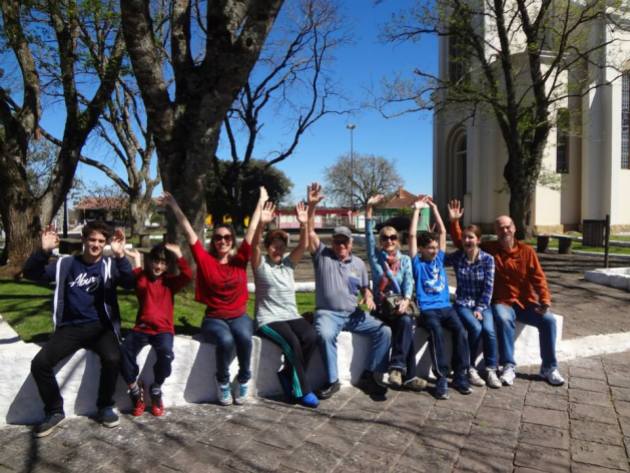
From left James, Lucas, Angelita, Lelia, my father Remy, myself, Pabblo, Chloe and Brian at Cambara do Sul – the gateway to the Canyons
We were all feeling quite hungry, so we decided to get a bite to eat at a nearby little restaurant, which was a very friendly place where the owners cooked us some very tasty burgers (though in Brazil if you order a burger, what you get has never been through a mincer, it’s really a steak sandwich!). With full bellies we were ready to hike our first Canyon, so from the restaurant we drove the 23 Km of a rocky, gravel road to the entrance of the “Parque Nacional da Serra Geral”, to visit the Fortaleza Canyon. This park has no infrastructure and therefore there are no facilities here, we parked the car at the end of the gravel road since there is no car park as such and there are no entrance fees to the Park.
Fortaleza Canyon
The Fortaleza Canyon is about 1, 240 meters above sea level, it extends 7.5 Km long and it is about 2 Km wide. There are two main trails in this area and we did both in half a day, these trails are not very strenuous and my father who is in his seventies did not find it particularly hard, even though he was not wearing appropriate hiking shoes or trainers . The youngsters full of energy and enthusiasm raced to the top, in particularly Lucas who was on a mission to get there first.
Trilha do Mirante – It is about a 3 Km round walk and takes you up to the Fortaleza Canyon. The views are fabulous and we had a fantastic clear day to see it all, since it can get very foggy here with the unpredictable changes in temperature and pressure between the sea level and the canyon walls, the clouds can be pushed up through the Canyon making visibility totally impossible and dangerous. We had 360 degree views all the way down to the coast. We were surprised that there was hardly anyone there, only one other couple, apart from our group. A place like this in the UK would be absolutely packed full of tourists. There are no barriers and anyone can get very close to the edge, so on a foggy day, poor visibility here could be fatal.
We took our time at the top of Fortaleza Canyon, the vistas were amazing and we could see far down to the coast of the next Southern State of Santa Catarina. We were glad to have brought our water bottles, since it did get quite warm at the top and the sun was biting down on us.
Going down was a little easier and again we took our time as we walked past waterfalls and enjoyed the 360 degree views. We drove to the entrance of the next trail “Trillha”, since it was on the way back towards the town of Cambara do Sul on the same gravel road and again parked just by the side of the road, there was a small sign post showing the way to go.
Trilha da Cachoeira do Tigre – “cachoeira” means waterfall and “Tigre”, Tiger is the name of the river that flows down and forms the fall. My father and Lelia decided to stay with the car and have a rest, whilst the rest of us walked down through the woods until we got to the river and found the top of the waterfall, the walk was not particularly difficult, but there were some more steep parts and I was worried about Lucas and Pabblo starting to cross the river and walking dangerously closed to the drop of the fall. The water was very cold, but also quite soothing on our feet as we removed our shoes to dip our toes in the cool water, we all managed to cross the river to see the waterfall from the other side.
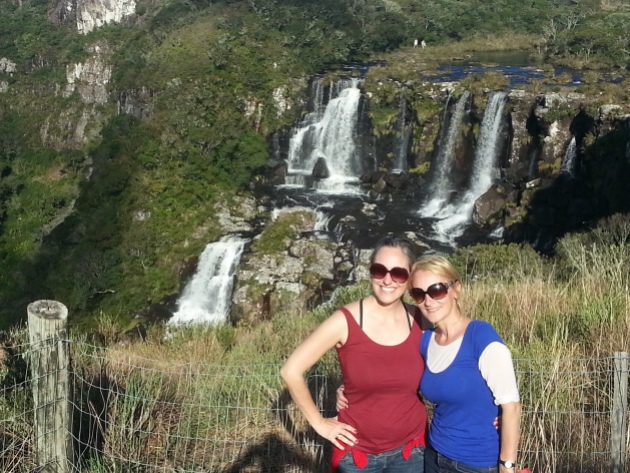
With my sister at the other side of the falls, there is a fence here, see where we crossed at the back
We continued to walk along until we got to the “Pedra do Segredo”, Secret Stone, which is a stone block of 5 metres in diameter that weighs about 30 tons and is perfectly balanced on a very small base of about 50 cm. Afterwards we walked back to the car, and found my father and Lelia having a nap under the shade of a tree.
I was feeling like a nap myself and so we drove to our hotel for the night, the “Cambara Eco Hotel”, situated not far from the centre of the town of Cambara do Sul, with lovely views over a lake.
We all got a good rest, showered and changed to have dinner at the traditional ” Galpao Costaneira” where the decoration was pure rustic charm. There was a cosy area with a hot stove and a sofa where we helped ourselves to some “chimarrao” a very typical Gaucho green tea type drink taken with hot water and sipped slowly via a metal straw. The food was delicious and again all very traditional Gaucho fare; we chose the tabletop cooked beef, sausages and colonial cheese. There was also a buffet of other Gaucho food such as feijoada, arroz carreteiro and a variety of vegetables and salads. The desserts, also very traditional, where a real treat for me and a trip down memory lane reminding me of my childhood and my mother who used to cook puddings such as ambrosia, sagu etc. for the family.
The next morning we woke up to another sunny and bright day, perfect for our visit to the most well know of all the South of Brazil Canyon’s.
The Itaimbezinho Canyon
The name has its origin from the local indigenous tribe language “Tupi- Guarani”, meaning sharp rock. It is located in the Aparados da Serra National Park, from our hotel we drove on the RS429 road along an 18 km of unpaved road. This park has a better infrastructure and a fee of R$ 6.00 pp (£1.50) is charged for Brazilian’s and R$ 13.00(£3.50) for foreigners. There is a large car park and for parking there is a charge of R$ 5.00 for the day. There are toilet facilities, but no food and drinks for sale.
The Itaimbezinho is one of the largest Canyons of Brazil, it extends about 5, 800 metres long, about 600 metres of width and with a depth of about 720 metres. There are 3 main trails here called “Trilha do Vertice”, “Trilha do Cotovelo and Trilha do Boi. The hardest one is the later and it is only accessed from the interior of the Canyon down below at sea level via the beach of “Praia Grande” on the neighbouring State of Santa Catarina, this trail can only be entered with a professional guide and it can take up to 8 hours to complete, on this trail it is possible to take a dip in the river and get very close to the waterfalls.
We opted for the trail at the top “Trilha do Cotovelo” (The Elbow trail), it is about 6.3 km long and completely flat, mostly following an old road for part of the way and then continuing on following along the top of the Canyon walls, the old road is no longer used, since cars are not allowed here. It takes about 2:30 hours to complete the hike. There are two viewing platforms with stunning views of different angles of the Canyon. The Canyon walls are surrounded by a beautiful forest of native trees including the prehistoric Araucaria trees.
Unfortunately we did not have enough time and energy (we were all starving hungry) to do the other trail “Trilha do Vertice”, which is only 1.4 km long and takes about 45 minutes to complete. It was a shame, since this trail has great views of the waterfall “Veu de Noiva” (Bride’s Veil), that has a drop of about 500 metres. It was a mistake not bringing snacks and although we had a good wholesome breakfast earlier on at the hotel, the long walk got us all dreaming of food and refreshments.
It is better to do these top trails in the morning, since there is a higher risk of fog in the afternoon. There are no food and drink facilities inside the park, so it is a good idea to take plenty of water and snacks, also sun protection and a hat, since it can get very hot.
We finished our trekking expedition and headed back to the town of Cambara do Sul to have lunch at the “Galpao Costaneira” and had another great meal there before getting back on the road and return to Canela. Sadly it was getting to the end of our time in Brazil, we spent the last few days in my home town saying our good byes to the family and last visits to relatives including my beloved uncle Eduardo, who sadly passed away few months after my return to England. He was in his 90’s and very frail. I felt lucky to have had the opportunity to see him for one last visit, he was a constant presence all trough out my childhood and I have many fond memories of him. R.I.P Tio Eduardo!

Canela is a pretty and picturesque town in the South of Brazil, located at 837 meters above sea level in a region called Serra Gaucha ( Gaucho Highlands) or Regiao das Hortensias ( Hydrangeas Region) named after its beautiful blue Hydrangeas flowers that frame roads and landscapes throughout the spring and summer months. Located in the state of Rio Grande do Sul ( it means Great Southern River) which is the Southernmost estate of Brazil, bordering with Argentina and Uruguay. Canela can be reached by car or bus, about 2 hours from the state capital city of Porto Alegre. The climate is subtropical humid with summer average temperatures of about 20 degrees C and winter temperatures below zero with the occasional dust of snow.
Its roots started in the shade of a Cinnamon Tree “Caneleira“, were the travellers “tropeiros” used to rest and often arrange to meet up along their journeys on a horseback or horse-pulled carriage, at the turning of the century. They would often say to each other, let’s meet under the “Caneleira” and that is how the name Canela come about.
Canela is my hometown; I was born here, my grandparents were Italian immigrants that settled here in the nineteen hundred when there was only a big jungle of Araucaria trees and a very small community of other predominantly Italians and German Immigrants. These early settlers slowly built this town, which now boasts a population of about 42,000 people.
It is not yet on the international tourism radar, and long may that continue, but it is well known to Brazilians that come to the town to enjoy its charming Bavarian and Italian-influenced architecture, beautiful parks, waterfalls, trails, activities such as white water rafting, horse riding, walking trails, zip- lining, traditional gaucho barbecues (churrascarias ) and the great Southern hospitality.
I visit regularly to see my family and at my last visit in August/September 2014, I came over to attend my niece Caroline’s wedding (Anglo-Brazilian wedding – part 2, stay tuned for that), I arrived in Canela with my son James at the end of August 2014. James and I flew with TAP, from London via Portugal to Porto Alegre – RS, my daughter Chloe were already in town, since she had already spent 2 months staying with the family and practicing her Portuguese. Due to work commitments, Brian joined us a week later and arrived just in time for the Big Fat Brazilian wedding and later on a trip of 2 days to the canyons of Taimbezinho and Fortaleza.
It is always very emotional for me to see my family and spend time with them, there are usually tears of joy when I arrive and tears of sadness when I leave, in particularly because it can take another 2 to 3 years before I see my father again and he is not getting any younger. I enjoy visiting my old hangouts and there are always some new things to do in the town.
Parque do Caracol
This beautiful waterfall is set in a large and protected park, there are trails that can take you down to the foot of the waterfall (about 927 steps down) or it can just be appreciated from a viewpoint (Mirante). The Caracol waterfall is about 430 feet/ 131 meters high, falling down from a basalt cliff and surrounded by native trees, such as the Araucaria tree. The protected park is well maintained with good facilities and my family loves coming here for a day out and a barbecue or a picnic.
Catedral de Pedra
The main road into the town leads to the Catedral de Pedra, a Gothic style, Stone cathedral. This Catholic church was built by Italian immigrants, including my grandfather, who was one of its biggest benefactors. The church has a 65 meters tower that house the 12 bronze bells which were made in Italy and donated to the church by my grandfather, Joao in memory of my late grandmother Gilda. Each bronze bell is engraved with religious and political scenes about this region and also each bronze bell is engraved with the names of one my grandparents 10 children, including my father who is called Remy and is the youngest of all their children. He has the smallest bell named after him. The 2 largest bell’s which weigh 970 Kg and 680 Kg are named after my grandfather Joao and grandmother Gilda. Inside the church, there are also many of the stained glass windows that were also donated by my family. So needless to say this church has been very important to our family, I got married here in 1990. My grandparent’s house used to be on a corner plot to the right of the church and my father’s house is only a 5 minutes walk from here.
On my first day back in town, my sister Angelita took me to a new tea house, just opposite the church, called Emporio Canela, that has just recently opened offering a range of teas, coffee, hot chocolate and snack meals. We spent few hours there sipping apple, clove and cinnamon tea, gossiping and catching up.
This town has changed a lot since I lived here, it has grown and expanded so much. When I was a teenager, growing up in this town there were hardly any coffee shops, restaurants or nice bars to hang out. As a teenager I had a love – hate relationship with this town and I was often bored with the lack of things to do. Nowadays you can even get stuck in the occasional traffic jam here on the main road leading up to the church, during the busy holiday periods such as Christmas and Easter when a lot of Brazilian tourists descend here to enjoy the pretty decorations, lights and shows that in recent years have become major events in the South of Brazil.
As a teenager, I did not appreciate this idyllic location set high up in the hills and surrounded by nature, rivers, and waterfalls.
Trails and waterfalls
Canela has many nature parks with trails, waterfalls, and beautiful green scenery. I enjoyed exploring some of my old hangouts again, but this time I also spent time exploring with Brian, Chloe, James and Ben’s family, who came to Canela for the wedding to my niece Caroline. It was great to see Canela through their eyes as we explored together. We chose a sunny day to go zip-lining at Passo do Inferno, but unfortunately, when we got there the zip-lining activity was closed for that day. But we still enjoyed the trail down to the river and waterfall.
White Water Rafting
The white water rafting is on offer at the Parque das Corredeiras, on the border of Canela and Tres Coroas, the River Paranhana, offers a level 3 (beginner) rafting. Its 2.4 miles/4 km descent starts at a river dam called “Barragem das Laranjeiras”, a local company organizes it all including transport there and back. It is a fun packed day out.
Canela does not often receive international visitors, but for few days before Caroline and Ben’s wedding the British took over this little town and enjoyed the culinary delights and local beers. English is not widely spoken here, so there was a lot of pointing and sign language going on whenever I was not around to help with translations. Chloe had already been here for 2 months, so her Portuguese had greatly improved and she loved every opportunity to practice it.
Gaucho Traditions
There is a strong regional identity and culture, with the Gauchos still practicing their traditions of dressing in a particular way, using traditional language and expressions. Traditional dances and the habit of drinking “chimarrao”, a green herbal tea, called “mate”, which is served very hot in a “cuia” with a metal straw and shared with friends and family during a get-together.
Wine and Rum production
Canela is not as famous for its wine production as the neighbouring towns of Caxias do Sul and Farroupilha, but there is good wine to be had here and during my recent stay we visited the Jolimont Wineries, together with my father who was very happy to drive us down into the valley, via a dusty and unmade road. We spent a lovely afternoon sampling the wine and also later on visited the rum factory, which was just further down the valley. Rum is used to make the popular Brazilian cocktail called “caipirinha”, the recipe includes rum, lime, ice, and sugar.
Culinary
The south of Brazil is, of course, famous for its barbecue and every gaucho house will have a built in barbecue place, my father’s house is no exception and most Sundays he will host a great barbecue for the family. During our visit, we certainly had our fair share of enjoying this tradition. The culinary here is also greatly influenced by the Italian and German immigrants, there are many pizza and pasta restaurants offering a great selection. Some pizza specialist restaurants, called “pizzarias” offer the “rodizio” in which an entrance fee is paid and dinners can eat as much pizza as they can possibly stomach. A great way of tasting all the different flavours, including some sweet flavours such as the chocolate or ice cream pizza.
Canela is also well known in Brazil for its prayer chocolate factories and much delicious local produce such as colonial bread, jams, cakes, tarts, cheese, and salamis. The incredible “cafe colonial” is a feast of all these local produce which can be enjoyed over many hours of gluttony, usually washed down with some local wine.
Canela has a very special place in my heart and although I only lived there for 18 years, since I left home at the age of 18 to live in the state capital Porto Alegre to attend University and later on I settled in the UK where I have lived most of my adult life, I do still feel very connected to this small town in gaucho land. But the main pull for me is my family and the love and memories that we share together. I lost my mother in 2001, she died after a long battle with kidney disease and renal failure. She died very young, aged only 65 and I still miss her dearly.
Therefore my visits are all about spending time with the family and ensure that my children get to know and connect with their Brazilian roots. Both Brian and I have always encouraged them to learn to speak Portuguese since most of my family does not speak any English.
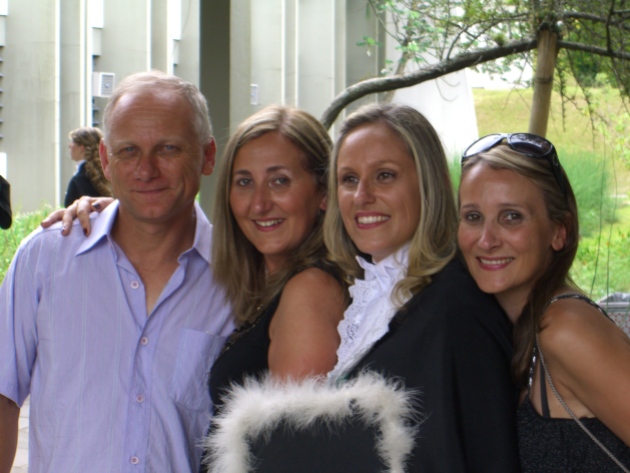
With my brother Joao Remy and my sisters Virginia and Angelita – at Angelita’s graduation, a proud day for us all.
Brian and I have plans of spending more time in Brazil in the near future, we are keen to do a coastal road trip from the South along the coast all the way up to the very North Brazil. It will be an epic road trip!

